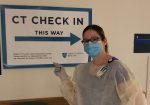
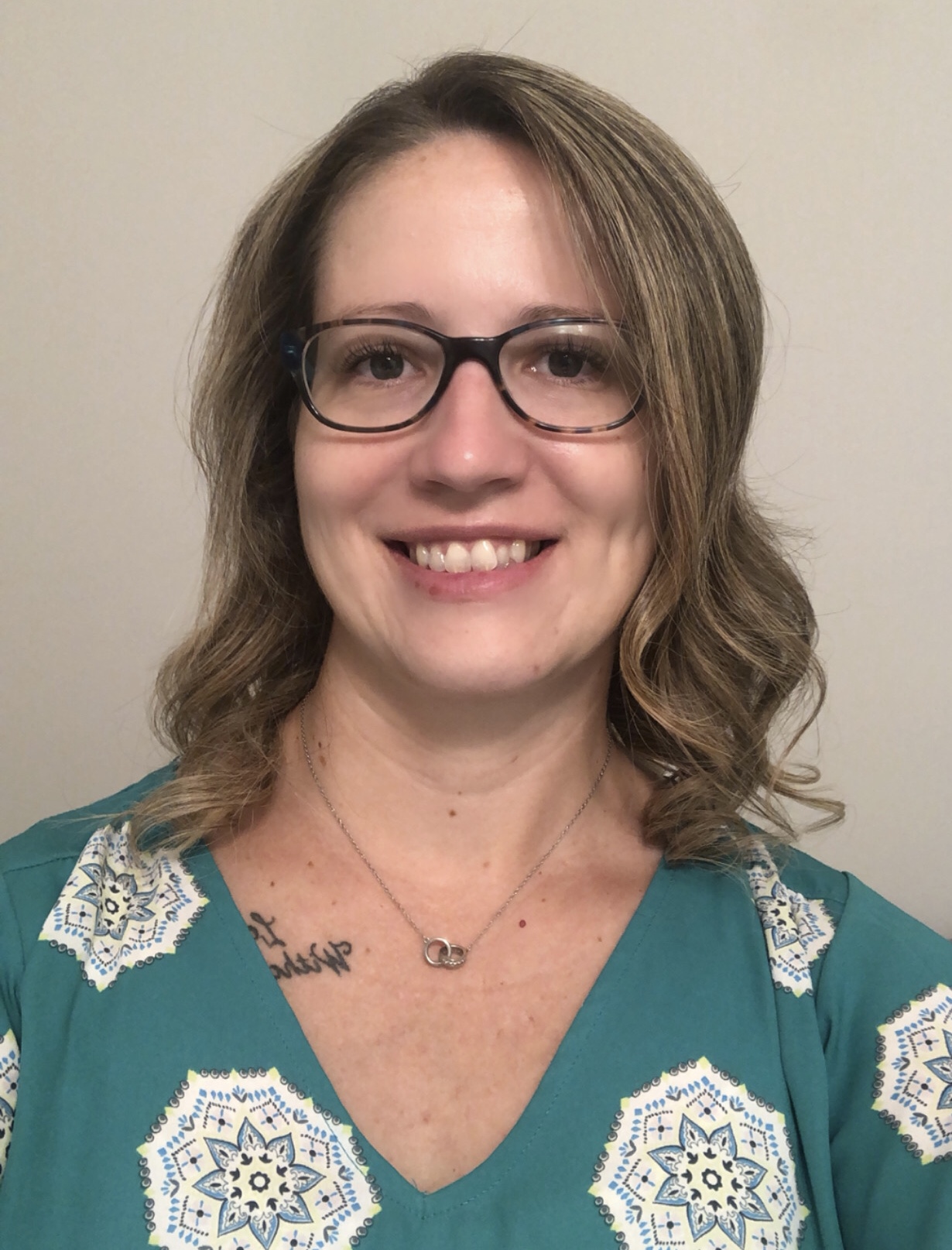
Julia Kaiser is a Senior Research Technologist and a certified PET/CT tech at the Gordon Center. She volunteered at MGH to screen COVID-19 with CAT scans. We shared our phone conversation with her below.
What inspired you to volunteer?
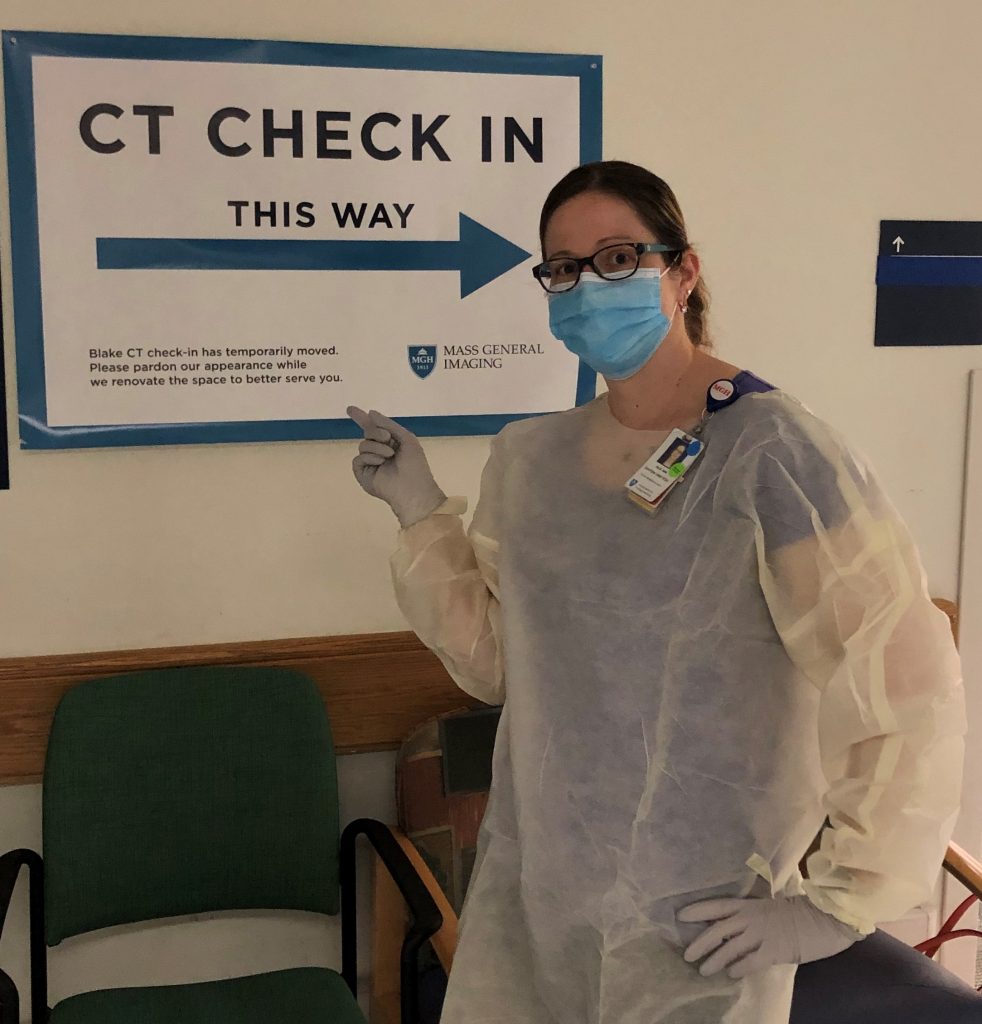
During a town hall, I heard that people were needed in the X-ray department to help with the increased demand for chest x-rays primarily on COVID-19 patients being performed with portable x-ray.
Since I am certified in both Nuclear Medicine and CT, I volunteered and was approved to back fill in the CT department in the evening shift from 3:30-Midnight.
What’s the first impression you recall from your redeployment?
After working from home for several weeks, I was struck by how much the hospital looked and felt different. The lobby was quite empty in comparison to a normal mid-afternoon. Secondly, there were security personnel checking ID’s and COVID Passes to ensure all employees were symptom free before entering. Then you walk through a maze of tables to disinfect your hands and receive your surgical mask, which must be worn the entire time you are in the hospital.
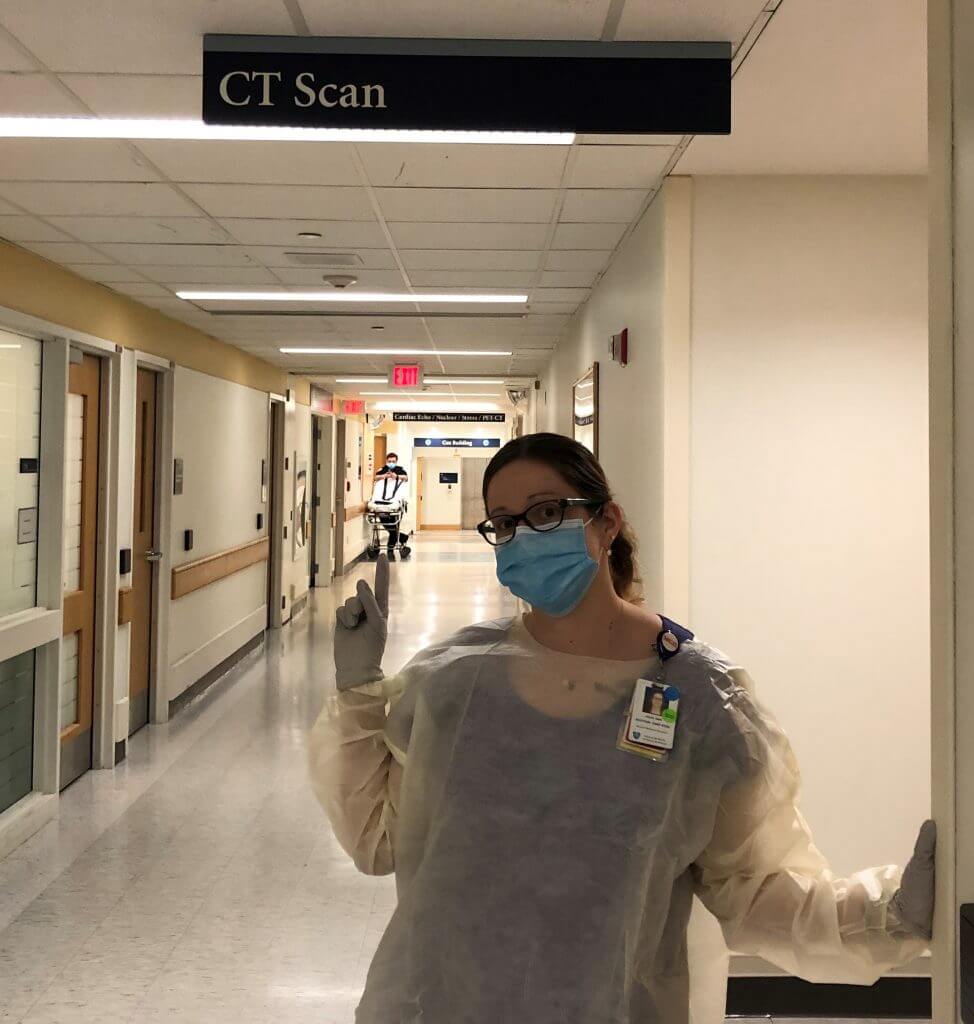
Can you describe what you did?
I worked in a two-person team: each CT scanner was operated using a 2 Tech model, where one was the ‘Clean Tech’ and one was the ‘Dirty Tech’ since exams required precautions. For each scan, the Clean Tech performed the image acquisition from the control room. The Dirty Tech donned all personal protective equipment (PPE) and then interacted with the patient: positioning them on the scanner, stepping out of the room for the image acquisition (in the hallway not the control room) minimizing contact with surfaces while wearing potentially contaminated PPE. When the scan was complete they would re-enter to the scan room to assist the patient back to their stretcher or other mode of transport to return to their rooms. After the patient had left they would carefully remove their PPE (with the exception of the N95 mask), put on clean gloves and then disinfect the scanner. This included any surfaces which came in contact with the patient or the patient’s belongings. And last but certainly not least, washing their hands before returning to the clean control room. It was an honor to work alongside the clinical CT Techs and assist during this unusual time.
What takeaway would you like to share?
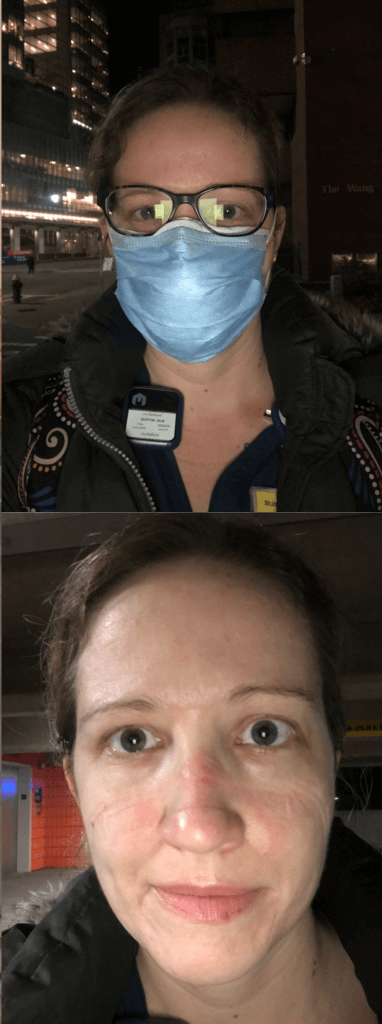
During my shift, I saw the full spectrum of COVID patients, from those just beginning to be sick, to those getting ready to be discharged. I also saw some who were the sickest, on ventilators and even one on ECMO, a machine which basically pumps and oxygenates the blood when the heart and lungs are not able to. This experience made me realize just how serious this disease is, and that taking precautions to prevent being exposed is vitally important to everyone, not just the most vulnerable. Seeing the lung CT images in these patients was also extremely eye-opening, despite not being qualified to clinically read the images. Just looking at the percentage of the affected tissue in the lungs in both the very sick and the recovering patients made me concerned for the long-term effects this virus will have on our society as a whole. With COVID-19 being a world-wide problem, I can already see the vast potential for using CT imaging in both diagnostic practice and research studies in the future. Having even a little bit of experience in imaging the effects of this virus will likely be helpful in assisting researchers to design and perform imaging studies to better understand this disease.
